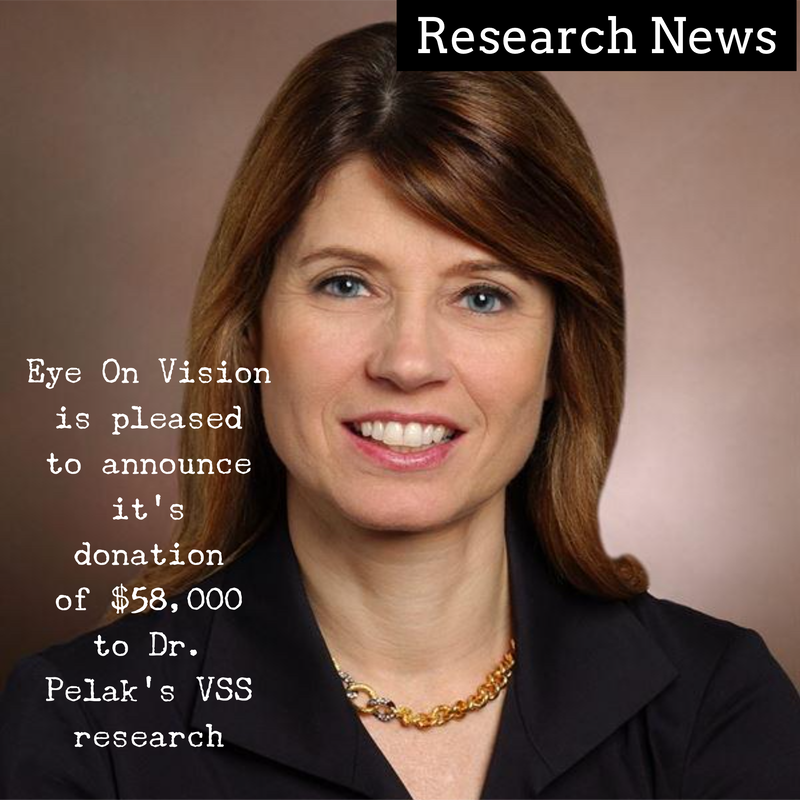|
Results: Fifty-three studies were found for this review. In VSS, the clinical spectrum includes additional visual disturbances such as excessive floaters, palinopsia, nyctalopia, photophobia, and entoptic phenomena. There is also an association with other perceptual and affective disorders as well as cognitive symptoms. The studies that have been included in this review demonstrate structural, functional, and metabolic alterations in the primary and/or secondary visual areas of the brain. Beyond that, results indicate a disruption in the pre-cortical visual pathways and large-scale networks including the default mode network and the salience network.www.ncbi.nlm.nih.gov/labs/pmc/articles/PMC8521005/
Evaluation of treatment response and symptom progression in 400 patients with visual snow syndrome10/31/2021
Conclusions The study confirms clinical experience that medications are generally ineffective in VSS, with the exception of vitamins and perhaps benzodiazepines, which could be beneficial in some patients. The 30-day diary represents a useful tool to measure symptom progression over time, which could be used in future trials on VSS.
bjo.bmj.com/content/early/2021/10/20/bjophthalmol-2020-318653 I have spoken with Dr. Pelak and this study is open and actively recruiting participants. The study is taking place in Colorado. Eye On Vision has sent funding to ensure that this trial will continue.
All participants will undergo 2 weeks (5 times each week) of repetitive TMS. https://clinicaltrials.gov/ct2/show/NCT04925232?cond=Visual+snow&draw=2&rank=1 Subject line for your email: NCT04925232, 20-0424, Transcranial Magnetic Stimulation For Visual Snow Syndrome Contact: Visual Snow Study Coordinator 303-724-4644 [email protected]u Participants will be offered help if they cannot read the German questionnaire.
Location: Bergmannsheil-Klinikum, Bochum, NRW, Germany Study takes place in #Germany Researchers will be taking images of the thalamus hormone household with special research MRI and EEG devices. It takes around 3-4 hours and they will pay you €150 for participating. This is not a treatment trial, but an important study to better understand the mechanism of Visual Snow #VS . Please email the address below for more information if you are interested. Also please note that emails may takes a few weeks to be responded to based on patient experience. [email protected] Both male and female participants are being taken. Ideally the study would like more female participation as most of the patients who have competed the testing thus far have been male. #EOVF is working with the non-profit, Visual Snow Syndrome Germany, to find the patients needed for this study. #cureVSS #VSS #research [email protected] CONCLUSION: VSS, PPPD, fibromyalgia, and chronic tinnitus might lie on a spectrum of perceptual disorders with similar pathophysiological mechanisms and the common risk factor migraine. Understanding the underlying network disturbances might give insights into how to improve these currently very difficult to treat conditions.
headachejournal.onlinelibrary.wiley.com/doi/full/10.1111/head.14213 VSS participants demonstrated delayed onset of IOR. Unlike controls, who exhibited IOR with 300 and 500 ms cue/target intervals, VSS participants only exhibited IOR with 500 ms cue/target intervals. These findings provide further evidence that attention is impacted in VSS, manifesting in a distinct saccadic behavioural profile, and delayed onset of IOR. Whether IOR is perceived as the build-up of an inhibitory bias against returning attention to an already inspected location or a consequence of a stronger attentional orienting response elicited by the cue, our results are consistent with the proposal that in VSS, a shift of attention elicits a stronger increase in saccade-related activity than healthy controls.
www.ncbi.nlm.nih.gov/pmc/articles/PMC8484518/ |
UpdateRecent update on research. Archives
November 2023
Categories |


 RSS Feed
RSS Feed
